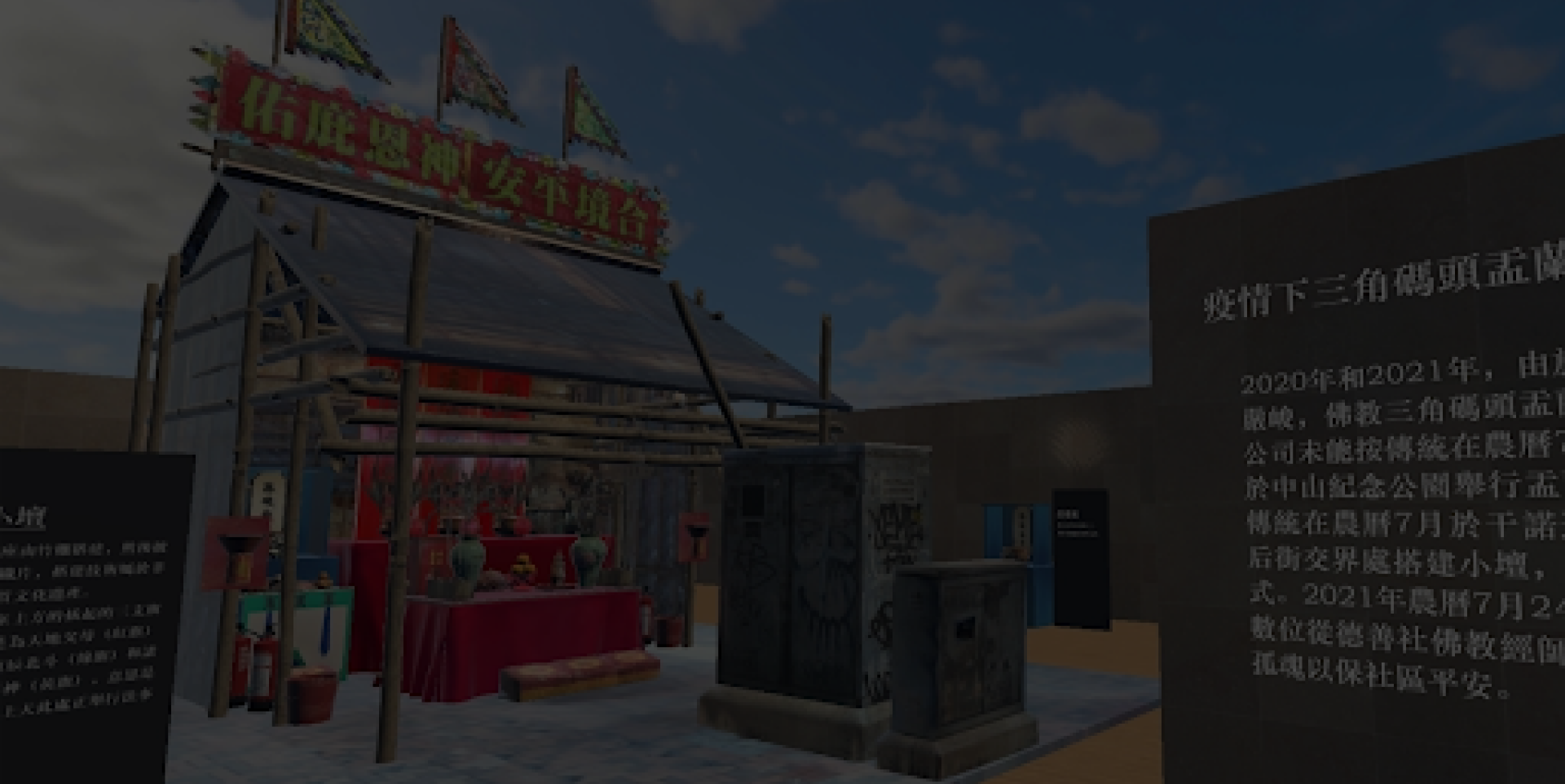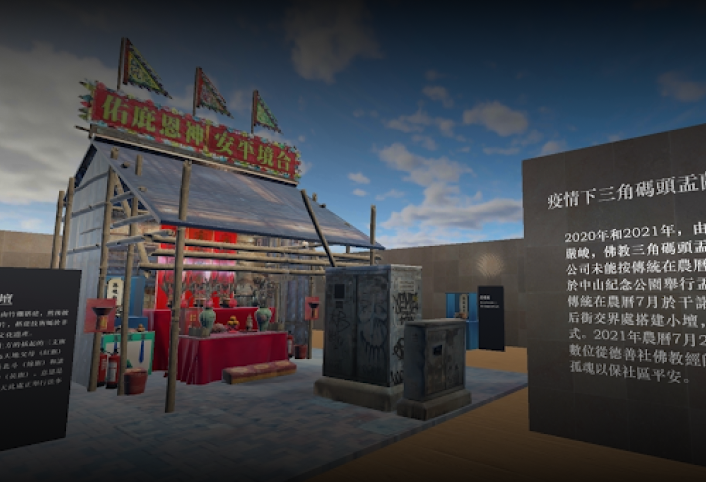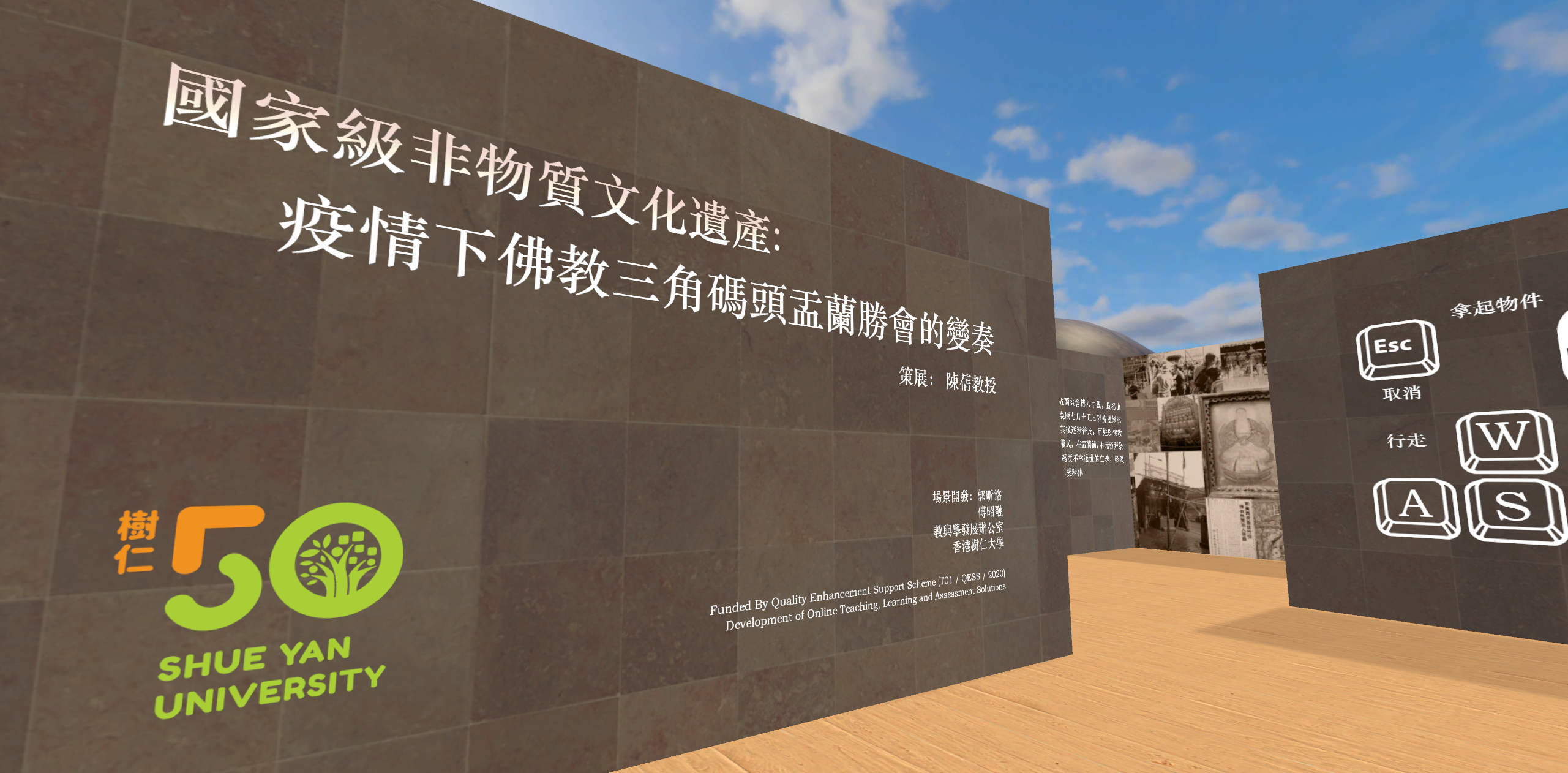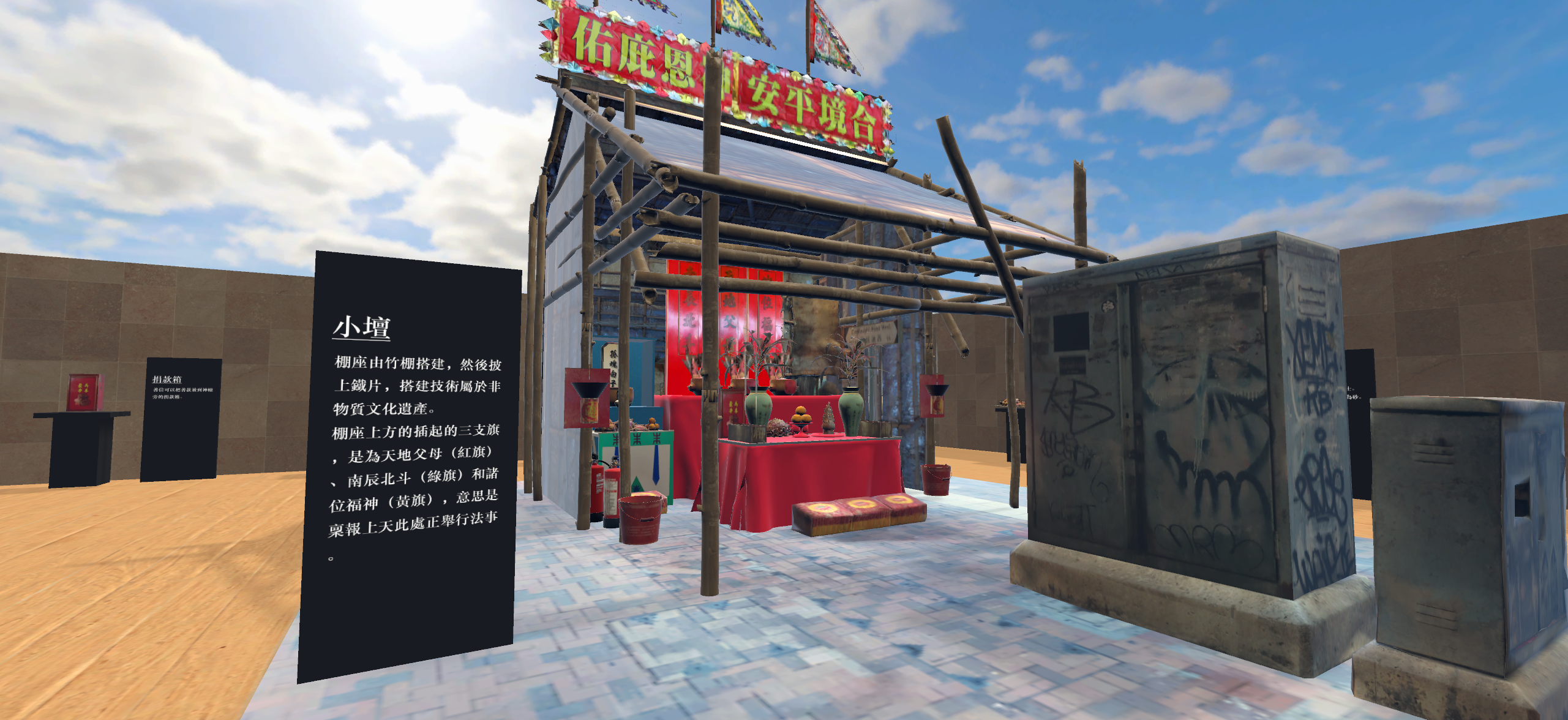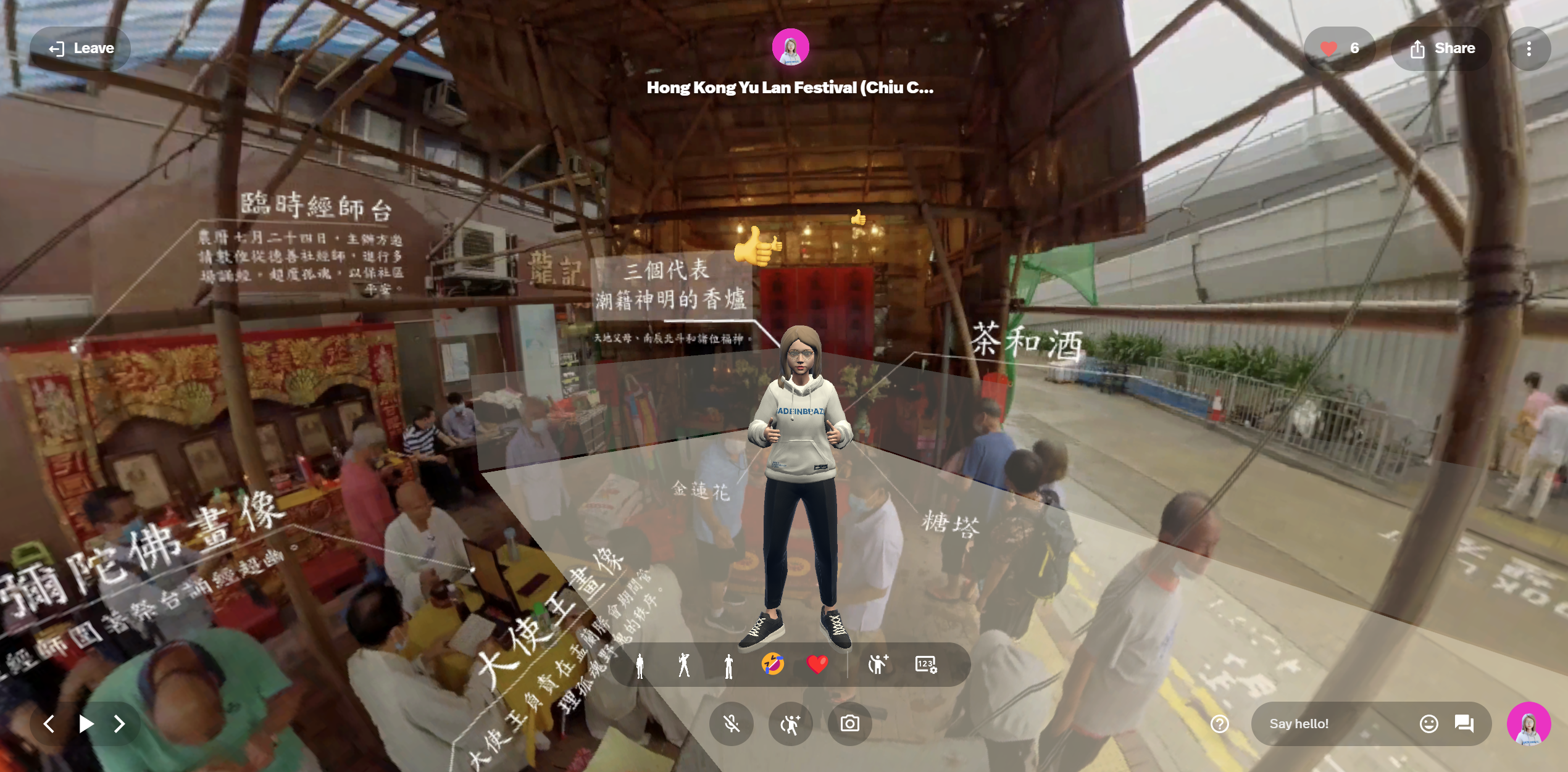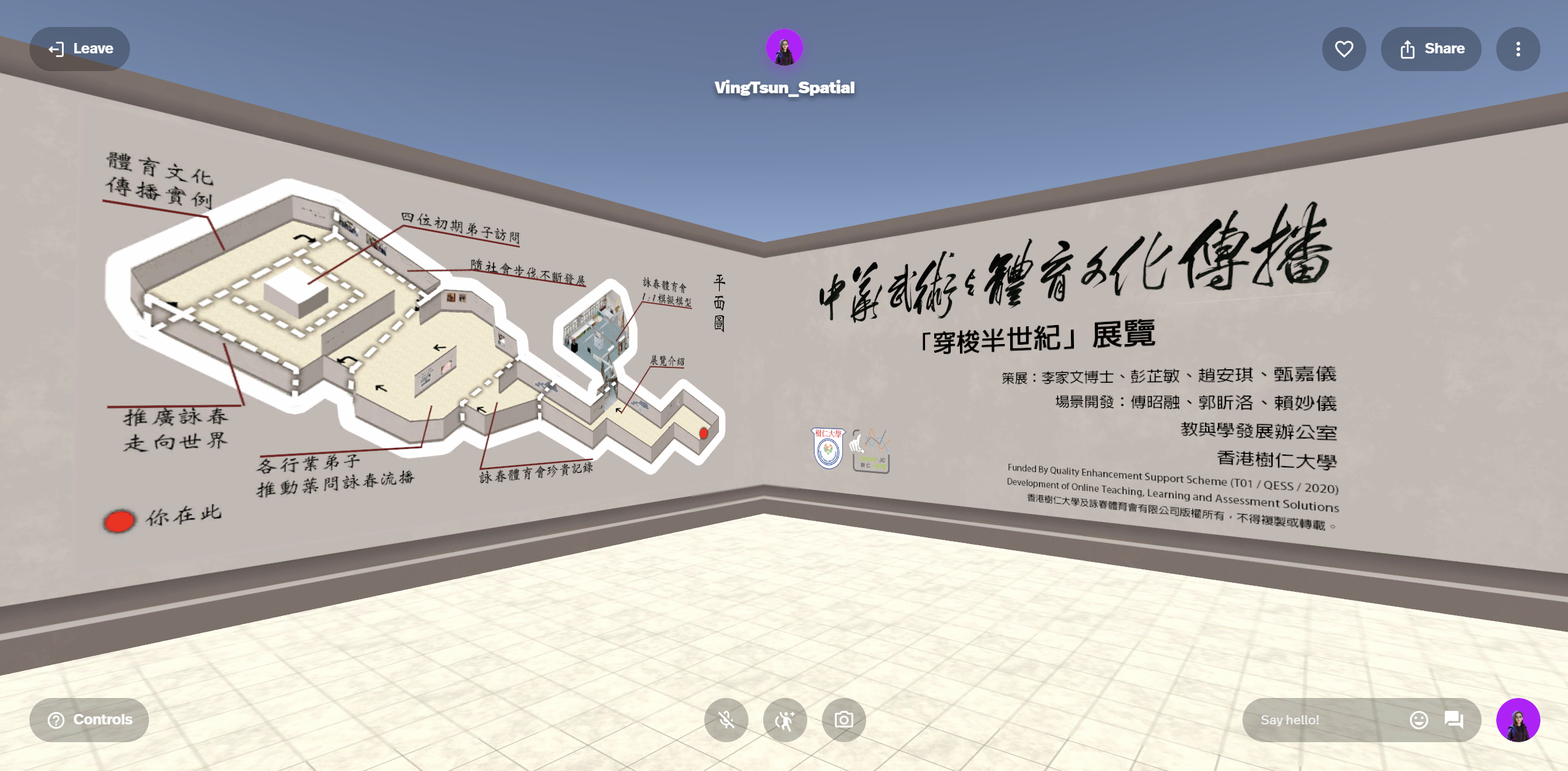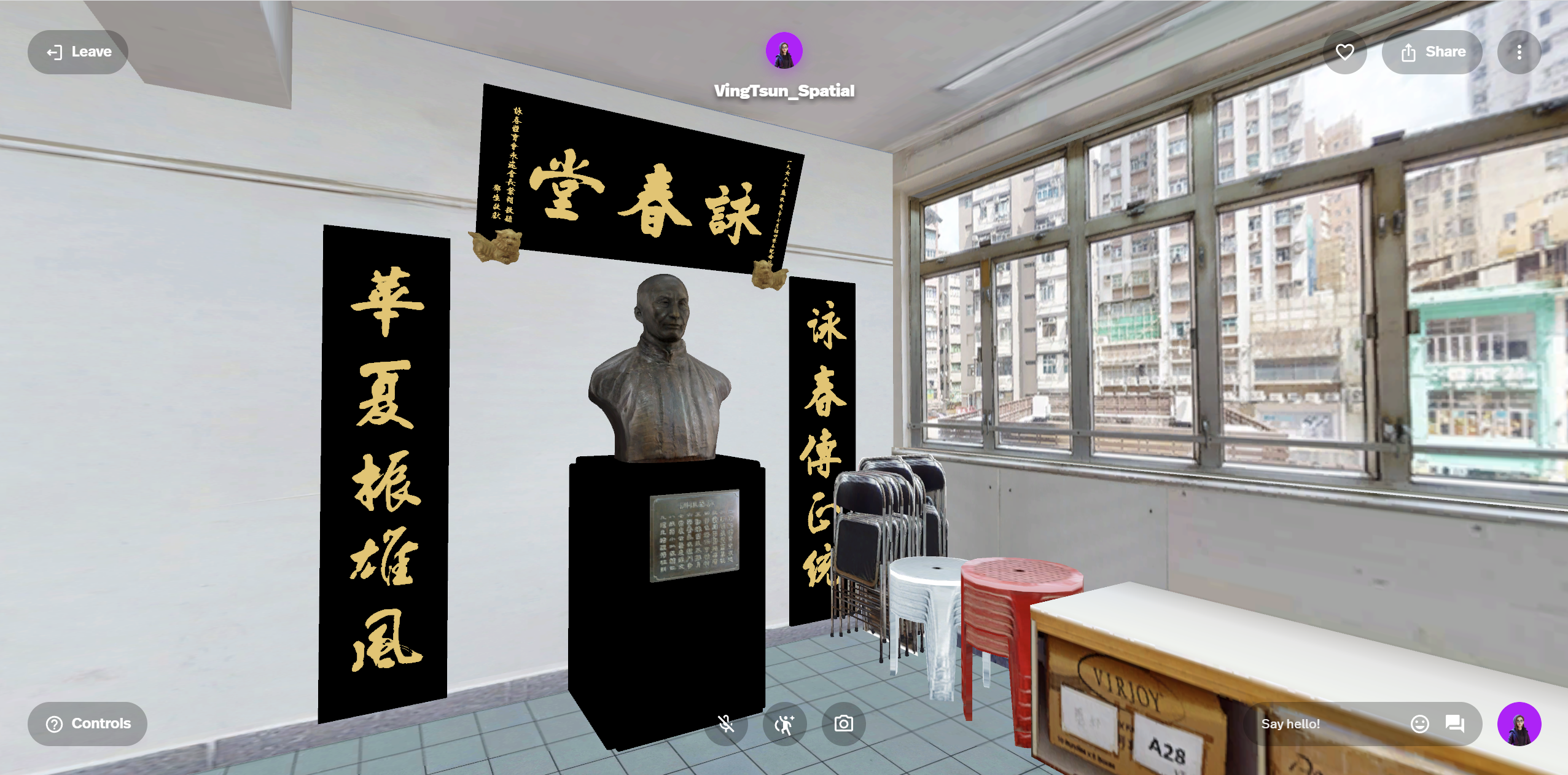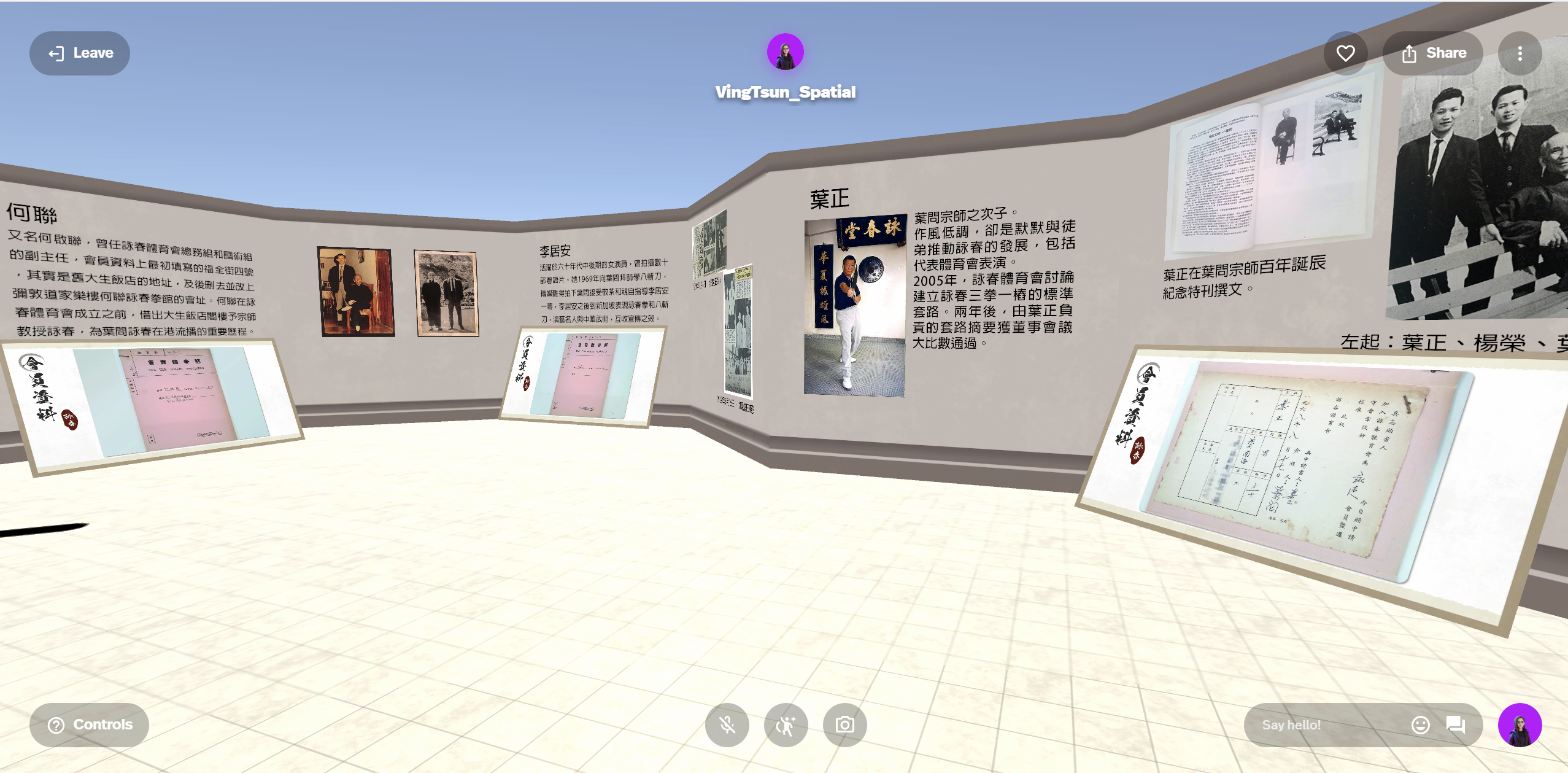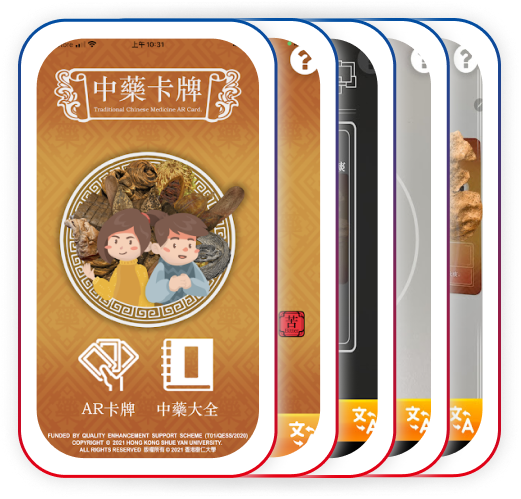
Extended Reality in Higher Education
Extended reality (XR) technology refers to a spectrum of immersive technologies that blend the physical and virtual worlds. There are three main types of XR:
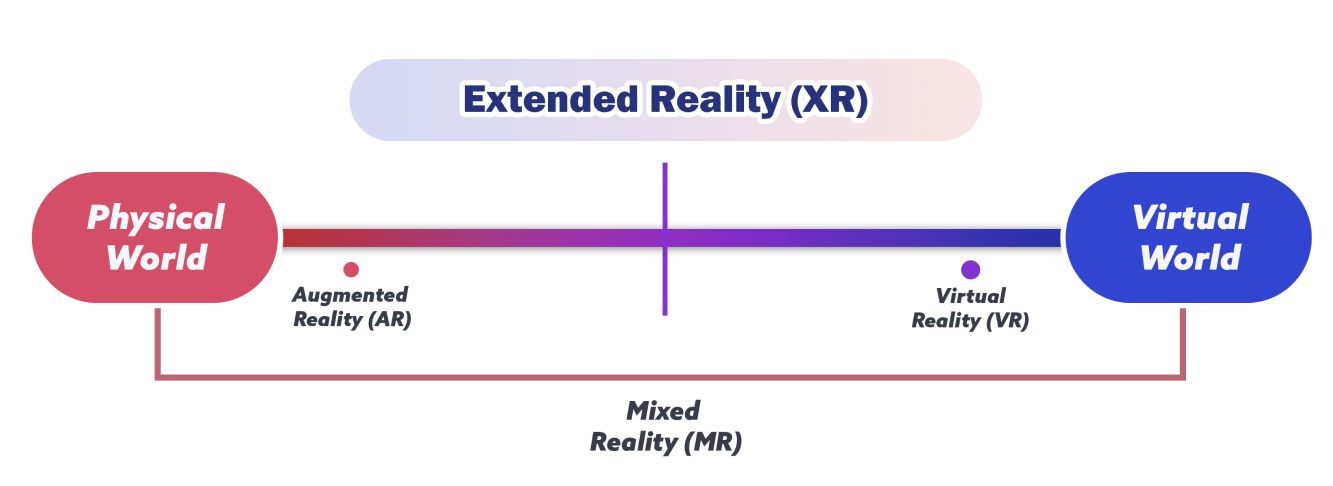
Virtual reality (VR):creates a fully immersive, computer-generated environment that users can interact with using specialized hardware, such as head-mounted displays or handheld controllers.
Augmented reality(AR):overlays digital information onto the real world, typically viewed through a smartphone or tablet.
Mixed reality(MR):combines virtual and real-world elements in real-time, allowing users to interact with virtual objects while still seeing the physical environment around them.
Chinese medicine AR card games
Descriptions:
The Teaching and Learning Development Office worked with the General Education Office to develop a mobile app and augmented reality (AR) games to promote traditional Chinese medicine (TCM) education. The primary goal is to publicize TCM, which is an integral part of Chinese culture, and to spark interest in this subject via interactive AR games.
The project team has created 3D models of different Chinese medicines, which users can preview by scanning physical cards with the AR function. The interactive AR card game includes "Symptom Cards" and "TCM Cards". Players scan both cards, and the matching result appears on the screen with an explanation and nature of the Chinese medicine. By using AR technology to provide an immersive and interactive experience, this project hopes to attract a wider audience to learn about TCM and its benefits.
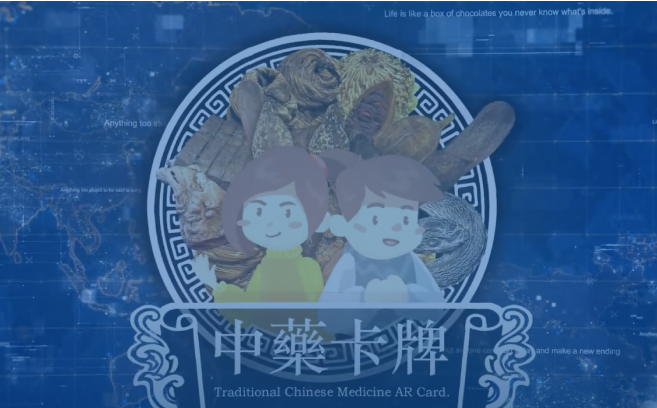

Cognitive disorders AR simulators
Descriptions:
This is an AR mobile app designed to help students understand mental and perception disorders. The app simulates the perception of a patient with these disorders in a real-world environment. By altering the user's perception of reality using virtual objects and the phone's camera and microphone, users can experience different disorders such as hallucinations and motion blindness. The primary goal of the app is to provide students with a more immersive learning experience that enables them to better understand and empathize with patients who suffer from these disorders.


 in Teaching and Learning/HKL_39372.png)
 in Teaching and Learning/immpresive-extend-reality-mb.jpg)
